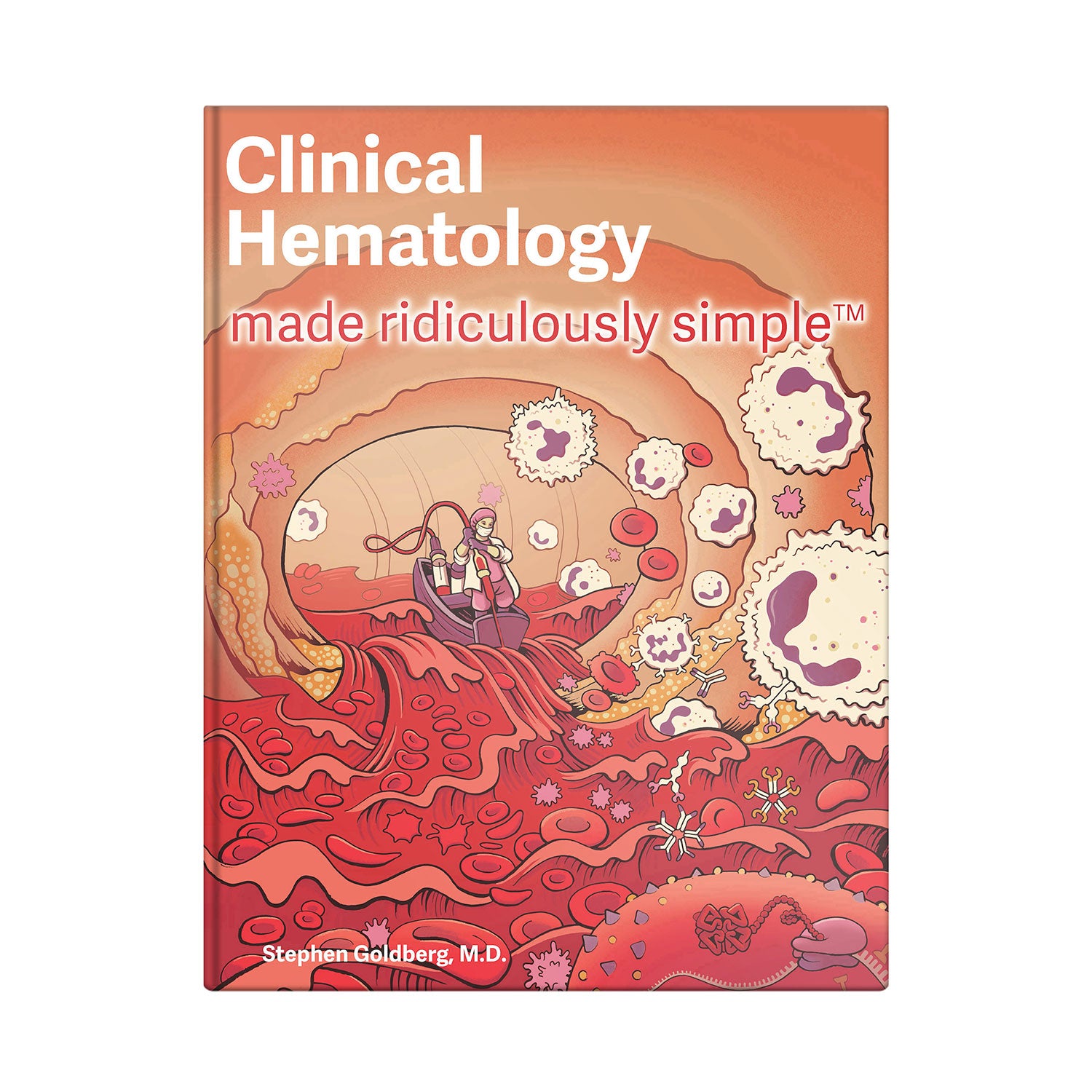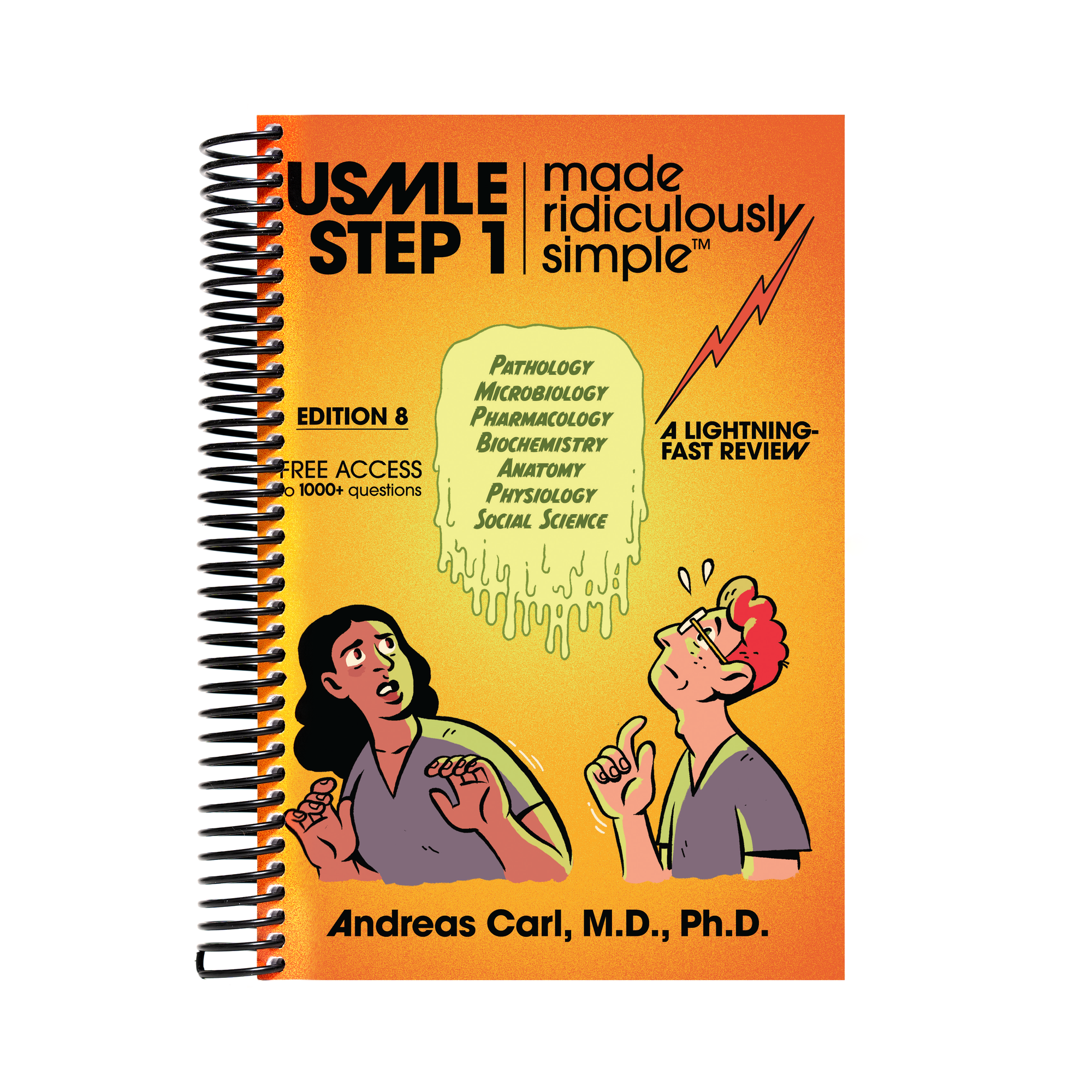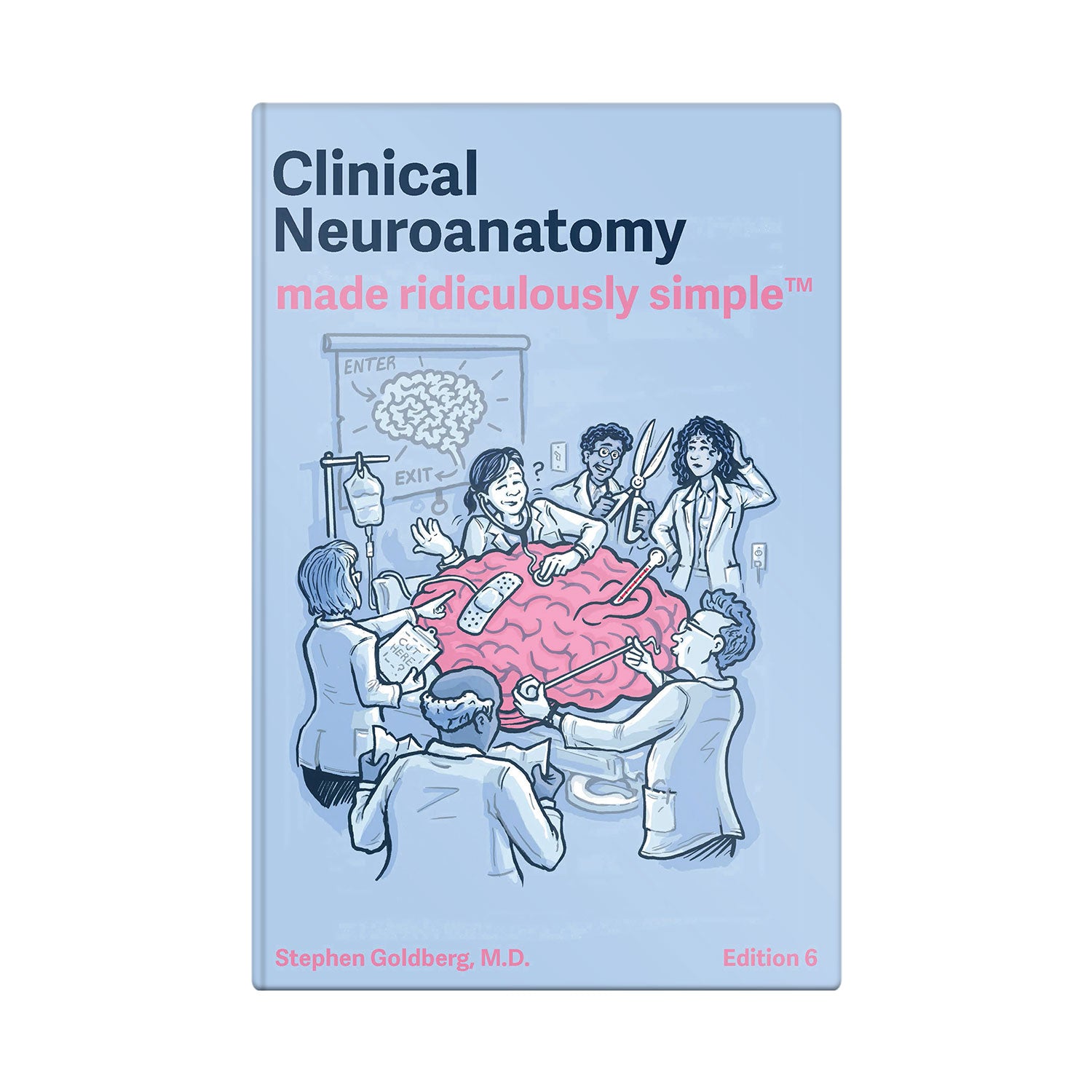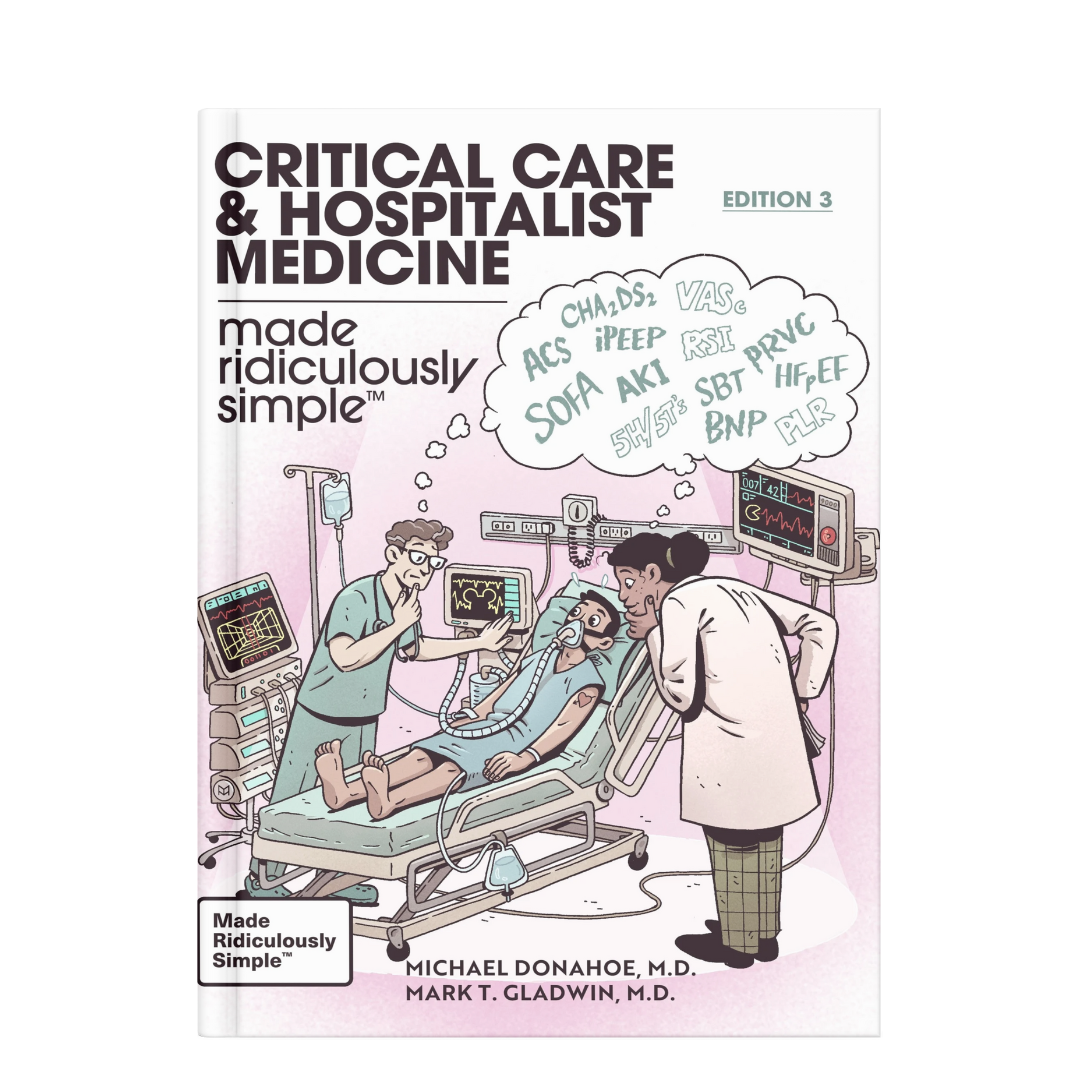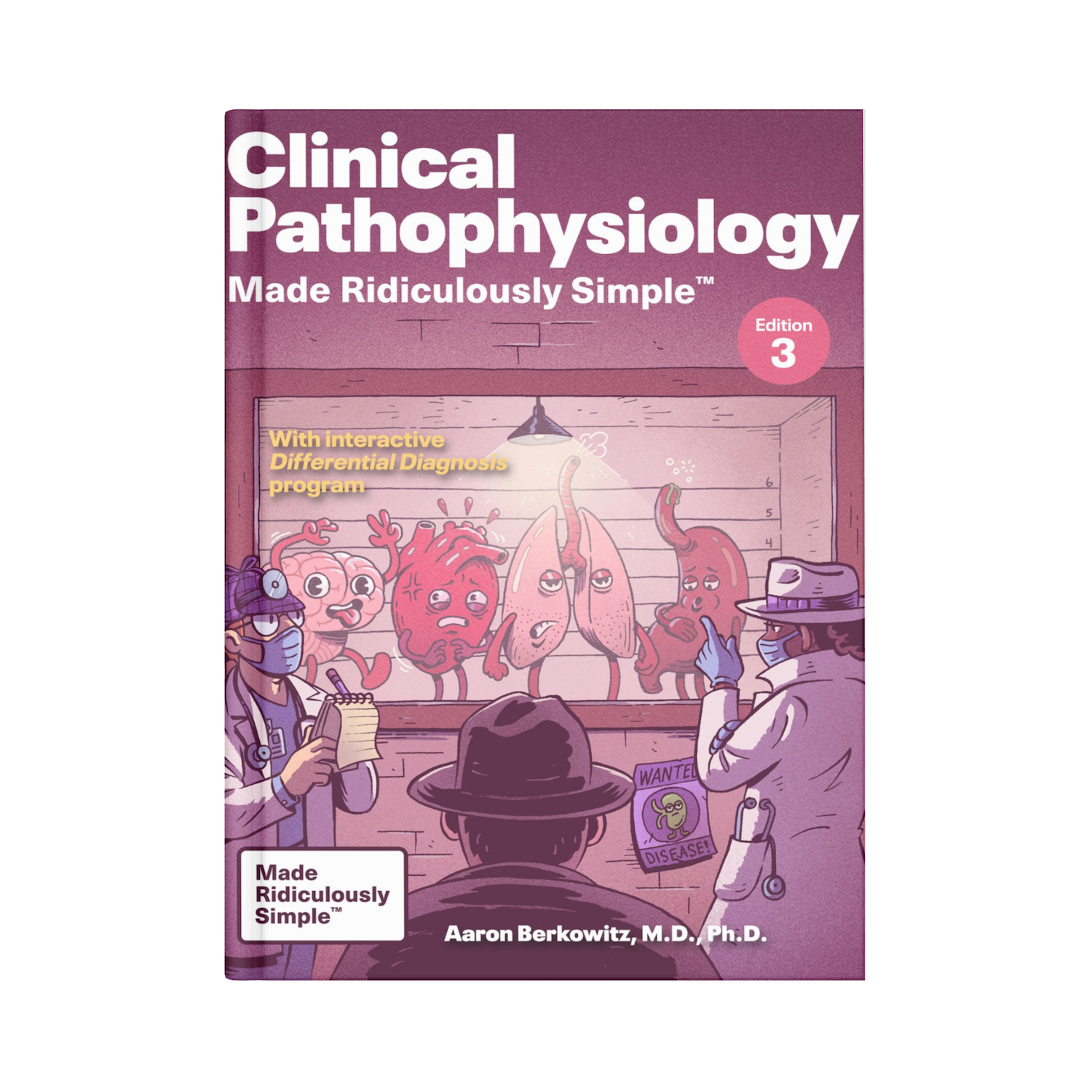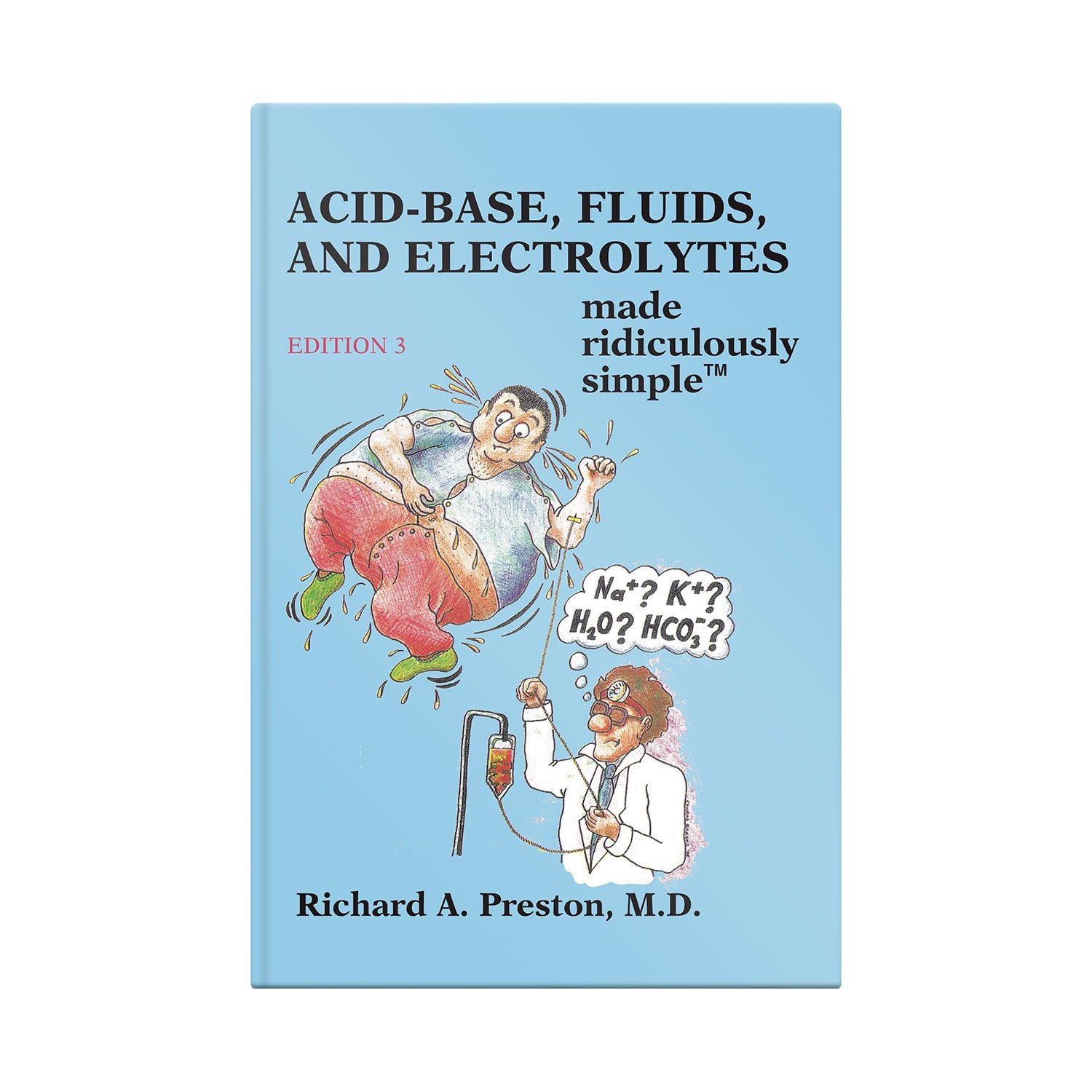
Correlation Does Not Mean Causation
The medical and popular literature is rife with examples of confusing correlation with causation.
Examples:
- Shoe size is directly correlated with neat handwriting. Does this mean that there is something about increased shoe size that causes neater writing? Or is it because older children wear larger shoe sizes and by virtue of age, are more mature and write more neatly than toddlers? The correlation does not mean causation.
- The number of drownings is highly correlated with the time of year, namely summertime. This does not mean that summertime causes drownings. There are more drownings because more people swim in the summer.
- Myocardial infarctions are correlated with elevated troponin levels. This does not mean that troponin levels cause myocardial infarctions. It would be a mistake to try to treat heart attacks by lowering troponin levels, when in fact it is the MI that causes the elevated troponins, which leak out of damaged myocardial cells. Too obvious? How about the following:
- Elevated blood homocysteine is correlated with increased risk for myocardial infarction. Does elevated homocysteine cause heart attacks? Studies designed to decrease homocysteine have not demonstrated any lessening of the risk for MIs. Perhaps a third factor causes a rise in homocysteine as well as a susceptibility to MIs.
- Elevated LDL cholesterol is correlated with increased risk of cardiovascular disease. If a third factor (e.g. stress, heredity) is the cause of both cardiovascular disease and elevated LDL, it may not help to try to control arteriosclerosis by taking years of anticholesterol medication. Current medical opinion leans heavily toward LDL cholesterol as a causative act in cardiovascular disease, but there are those who disagree.
- Hypertension is believed to cause arteriosclerosis. But could a third factor (e.g. stress) be implicated as a cause of both?
- According to a 2005 study in Finland, women who have abortions are more likely to commit suicide. Do abortions cause suicide, or are women who have abortions more likely to be in social situations that in themselves are more likely to promote suicide? Women who have abortions also are more likely to be murdered and die in accidents. If they are already high-risk for murder, suicide, and accidents, they may be more likely to be in situations where they choose an abortion.
- People often are quick to judge patterns and often attribute causal importance to patterns that are only coincidental. I had an elderly patient who was sure he knew what caused Parkinson’s disease; he had purchased his home from someone who had Parkinson’s disease, and a year later he, too, was diagnosed with Parkinson’s disease. In his mind, it must have been communicable. However, about 1 million people in the USA have Parkinsonism, mostly people over 60. The chance that the person purchased the home from someone with Parkinson’s and also would acquire the disease is not so unreasonable, given the number of people who buy homes and the prevalence of Parkinson’s disease. In addition, there are thousands of other diseases that both buyer and seller might have had coincidentally. The chance that at least one of those diseases could have occurred in both buyer and seller is high. The clincher here was pointing out that the spouses of patients with Parkinson’s disease do not have a higher incidence of the disease than those not married to someone with Parkinson’s. One of the biggest mistakes in research is confusing correlation with causation.
- A study indicated that smiling a lot is correlated with a longer life. Should we then go around forcefully smiling at everyone like the Burger King king? Maybe good health induces people to smile more.
- If people who take Dynamo MaxiForte vitamins have a lower risk of illness, is it because of the vitamins or because they take care of their health needs in other ways, too, such as exercise and a balanced diet?
- eenagers who spend a lot of time texting and on social network websites have a higher incidence of sex, stress, substance abuse, depression, and fighting. Should texting therefore be decreased? Which variable causes which?
The medical and popular literature is rife with examples of confusing correlation with causation. One must be on the alert not to confuse the two.
The Goldberg Files
The Goldberg Files is based on the struggles of Dr. Goldberg as well as those of his many students which he observed while teaching medical school for 25 years. This extensive blog is dedicated to assisting students in dealing with the stresses of medical education. Want to learn more?


